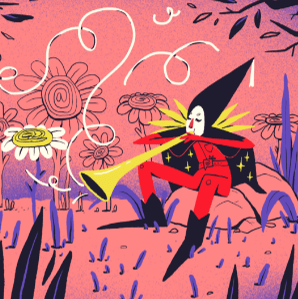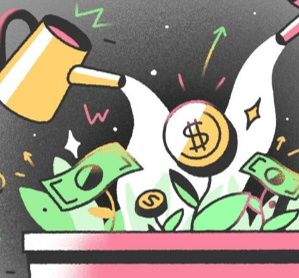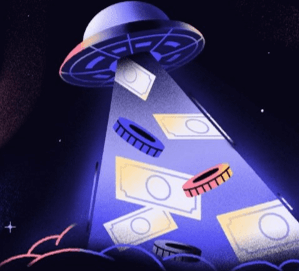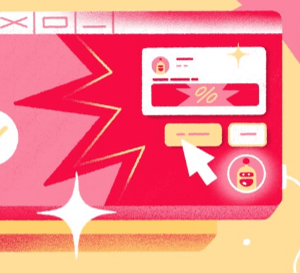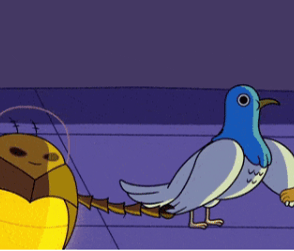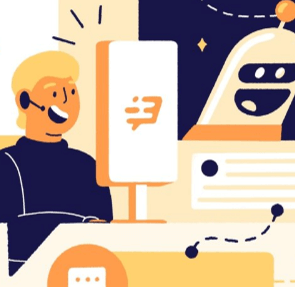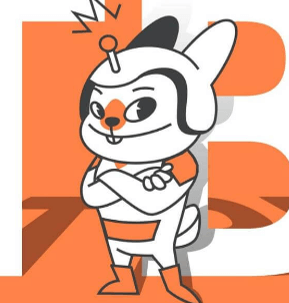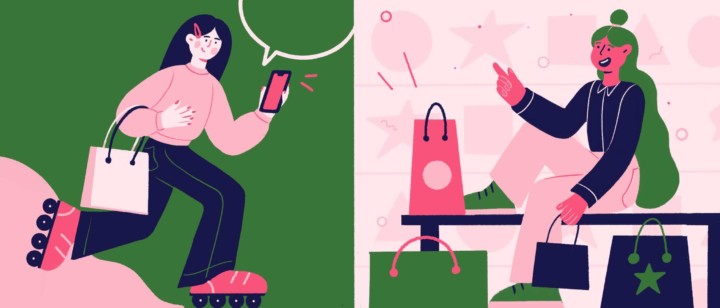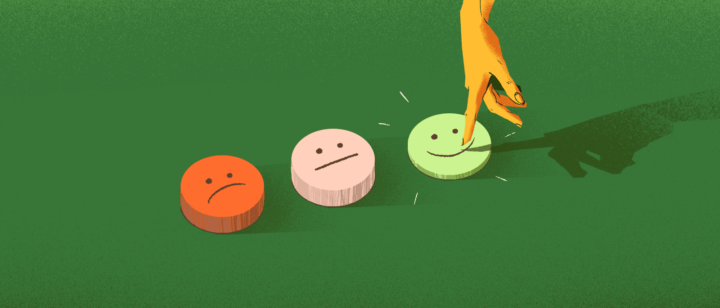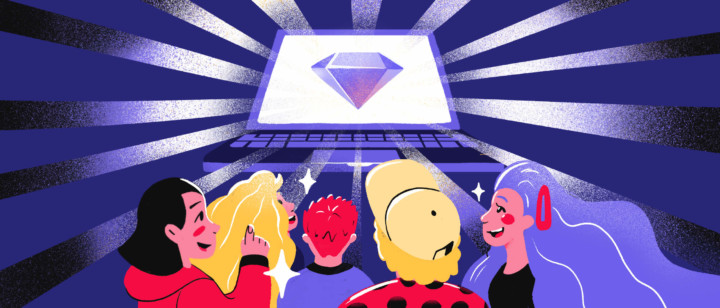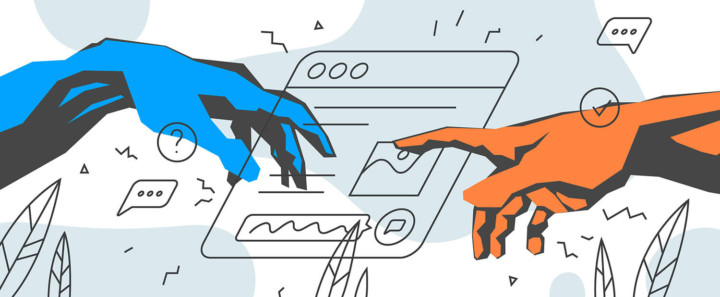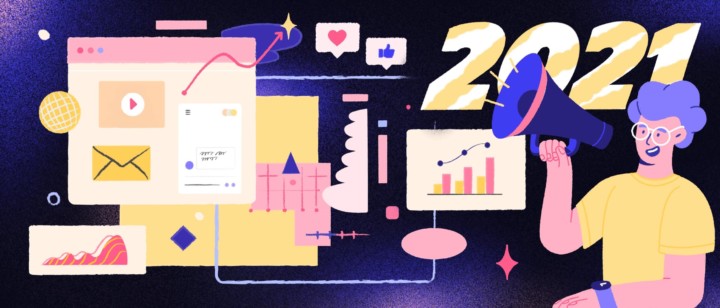Customer VS Client: making the difference clear
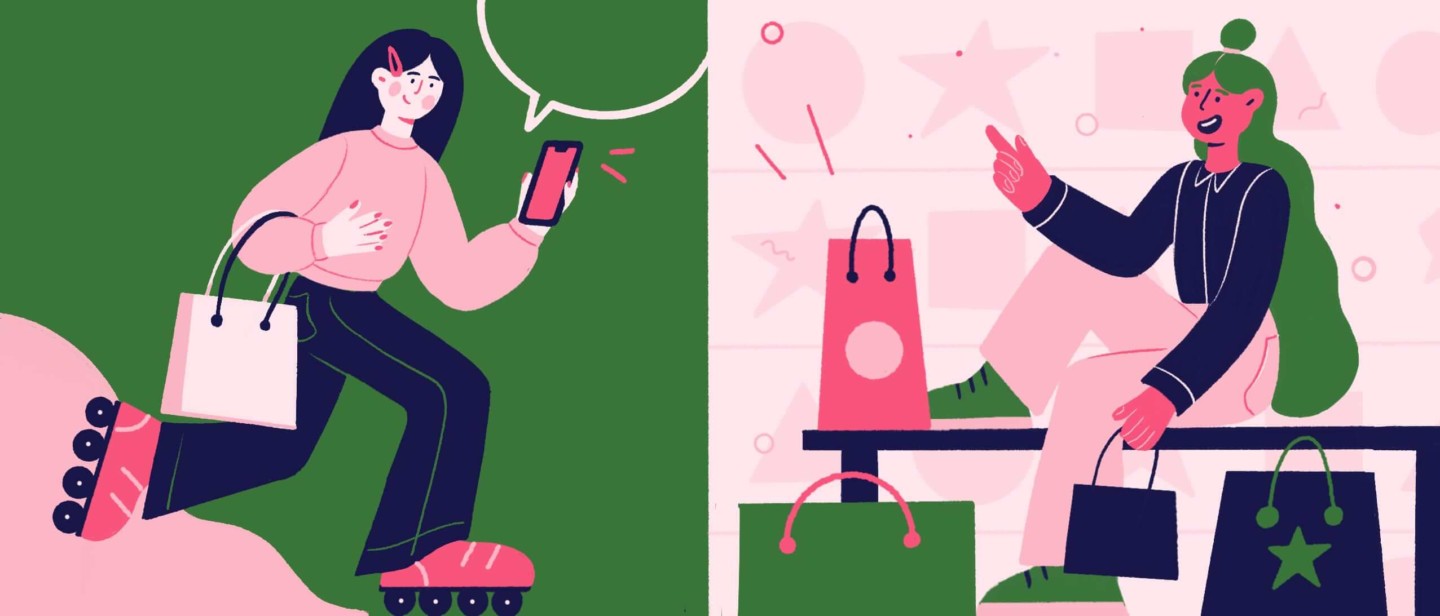
People often get confused with finding the difference between the words ‘client’ and ‘customer’.
I was one of those people, but now I understand why I was wrong.
Using words correctly and making a good impression of who you’re talking with is hugely recommended. So, let’s explore the customer vs client difference.
According to the Cambridge dictionary, the definition of these notions is almost the same:
- Client is someone who receives services
- Customer is a person who buys goods or a service
Then, why do we raise the customer vs client difference problem?
There is a slightly more significant difference in business based on the type of relationships. The aim of this article is to prevent you from mixing customer vs client notions up.
P.S.: when writing this article, I felt like I’m studying at a linguistics school and writing an essay on some semantic issues. But actually, the ‘customer vs client’ turned into interesting research;)
The definition of the notion ‘Customer’
Briefly, customer relationships are short-term. This person buys products from some business and is engaged in the transaction with the company. They want value for money immediately and have a brief interaction with you.
The main issue is that people who are called ‘customers’ are attracted mainly by the value for money and don’t show any loyalty.

What type of businesses has customers? The ones that provide a one-time service and supply some physical goods or products usually have customers.
For example, food stores have customers. They’re kinda one-time or repeat patrons. But they don’t have long-term relationships with the shop, and they are likely to choose another shop that is closer to their home or offers lower prices or a more comprehensive range of products.
The definition of the notion ‘Client’
Oppositely, the client means a person who is willing to pay for good services and personalization. They kind of hire professionals to resolve their tasks. Clients show rather more loyalty than customers, and relationships with them may be called long-term. They’re loyal and less likely to change your product for another one just because they offer discounts.

Note another vital thing:
All the clients are customers, but not all the customers are clients. Even the Cambridge Dictionary mentions that the Client is ‘the Сustomer that receives services’. Feel this difference?
Do I have customers or clients?
Basically, companies that sell goods have customers. In this case, a personal approach is often shown less often, and relationships are not long-run.
Again, note that typically service-based companies (as well as agencies, studios, and so on) have clients. These relationships are often long-run and don’t finish after the first transaction. People come to get professional services and are often willing to stay with you for a long, even if there is a more beneficial offer somewhere.
Thank you! Your playbook is already in your inbox
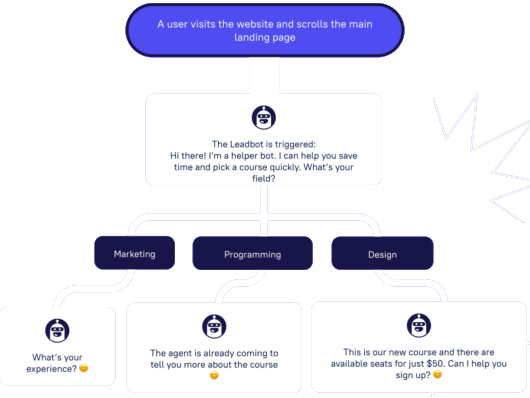
Here you can find the most common industries:

Is there any difference between Customer, Client, and Consumer?
Along with the customer vs client conundrum, there is also some confusion about the word ‘Consumer’. So, I guess this is important to clarify the meaning of this word and explain the difference between the consumer, client, and customer.
To start with, a consumer is a person who the purchase was made for, the person who actually uses your product or service.
Note that not all customers are consumers. But all the clients are consumers.

For example, if you buy a cake for yourself and your friends, you will be both a customer and a consumer (as you paid for this cake, and afterward ate this). At the same time, your friends will be just consumers (as they only ate, i.e., consumed this cake).
Let’s finalize. The consumer is:
- a person who buys some goods or services for personal needs and usage;
- a person only uses or consumes the product.
Not all customers use your product, so not all are consumers. Clients ‘hire’ your product and use this, to all of them are its consumers.
Any other words to describe Customers and Clients?
Sure! Below are listed words that you can use instead of client and customer:
User — may be taken by SaaS companies. This is about businesses where clients deal with some software.
Subscriber — the person that receives some publications or services regularly. Also, these people pay in advance, so the word ‘Subscriber’ may be used instead of ‘Client’.
Buyer — purchase-maker. It can be used instead of ‘customer’. Also, according to the Cambridge DIctionary, the word ‘Buyer’ is about a person that buys something expensive, such as a house.
Shopper — a person who buys from a shop. Therefore, a shopper may be used instead of ‘Customers’.
Parton — a formal word used to describe people who always buy a particular product. So, this is used instead of the word ‘Client’.
Is it better to have clients?
We know it is always cheaper to keep good relationships with current customers (and to grow them into loyal clients) than to spend money on finding new ones.
The main problem of companies with customers is that they have to spend a lot of money on new customer acquisition. Definitely, it’s better to have clients than customers for any type of business.
So, if you want to lower acquisition costs, try to convert your customers into clients. How to do this? Let’s find out!
How can I turn customers into clients?
Establishing long-term relationships with those who buy from you is the main thing. Make them more loyal to your company and encourage them to repeat purchases.
Personalize your communications with customers
People love feeling like they’re special. Give them this feeling! Make personal offers, send personalized emails, and call them by name when talking to them and provide effective client communication.
For example, if you run an online shop, create an email newsletter with personalized offers. This will encourage sales, but also you will generate repetitive sales and develop customer loyalty.
Develop loyalty programs
This is about motivating customers to repeat purchases. As I said before, repetitive sales by current customers bring the same value as from the new ones while you save money and time on their acquisition.
There is a variety of loyalty programs. For example, you may create some bonuses for those who buy from you for the second time or add a free trial for those who invited friends to your app. There are lots of options depending on your sphere.
Create the best conditions for people who buy from you. Establish long-term relationships with your customers and turn them into clients.
For example, I found an interesting example of a loyalty program on Asos.com:

They offer unlimited delivery for £9.95 a year, while usually, it costs £5,95 per order. What’s even more interesting, they calculate how much money you’ll save with their premium delivery:
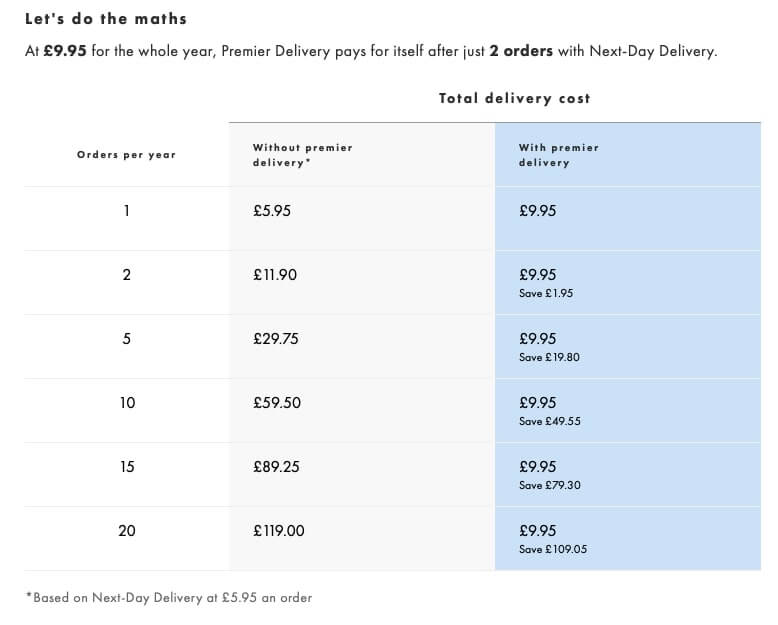
As for me, this is simple but still brilliant mechanics.
Will a customer who gets the Premium delivery order more often from you? Yes. Will they become your client? Of course. Will they bring you more money? Sure!
Become omnichannel
We’ve already written an article about this. The main thing about omnichannel is using different channels to communicate and interact with your customers. This is much more convenient for them, as they don’t have to leave their data again and again or describe their problem several times. All the data is kept in your CRM, and all the agents have access to this and may use this to look for some details.
For example, imagine the situation when a customer starts a conversation through Facebook and then writes to you to check the issue status by email.
Customers feel that you care about them. And they become more loyal to your company and come to you again and again, making your relationships last for a long.
Another advantage of the omnichannel approach is the ability to give an unusual experience to your customers. They are more likely to remember you and come to you again. Moreover, this increases the chances that they will recommend you to their friends. Did you count how many pros we highlighted?
Let’s take the Timberland example. This is one of the most famous examples of omnichannel.
What did they do? They merged NFC technology with the physical world, instantly sharing information about goods between mobile devices. Also, they implemented so-called TouchWalls — an inventory that shows all the info about the product by touching it.
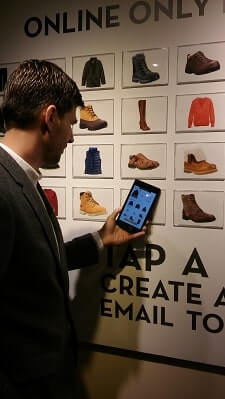
What did they get? Unusual experience and a combination of time-saving and convenience. And more customers that soon will become loyal clients I guess;)
See more about this Timberland activity here.
Improve your customer service quality
It is said that 76% of customers believe that customer service reflects your attitude to them. Customers always feel your care. The more care they feel, the more loyal they will be to you, and the more money they will pay.
So, be careful about the way your agents interact with your customers.
How can you improve customer service? There are several ways:
Educate your agents
This will make them more professional so that they will resolve issues better and faster.
Start evaluating your customer service
There are many metrics to evaluate customer service team performance. For example, you may start measuring NPS (Net Promoter Score) or CSAT (Customer Satisfaction Score). You may read about them in our recent article.
Analyze your customer support journey
Define what your customer journey looks like. This will allow you to understand the context of customers’ issues and improve your customer service and even the product itself according to this information.
Thanks! Your map with ready-made campaigns is already in your inbox

These are basics for keeping customer service quality at a high level. We have an article on customer service and the ways you can improve this. Check it out here.
Talk to your customers
This sounds obvious, but it still works. People love paying attention to them, especially when you follow their advice.
Try to conduct a JTBD interview. This way you will get valuable feedback from real people and increase loyalty.
FAQ
A customer makes purchases in some shops, while a client pays for professional services. Also, customers show less loyalty than clients and are often willing to buy a product that is cheaper.
Patron, consumer, buyer, shopper, subscriber, user, etc.
It depends on your industry. Basically, companies that sell physical goods or products have customers. Companies that sell professional services have clients.
Definitely, any business should strive to obtain clients. They are more loyal to your product and eventually, you will save lots of money on acquiring new ones.
There are several tips:
– personalize your communications with customers
– develop loyalty programs
– use the omnichannel approach
– improve your customer service quality

